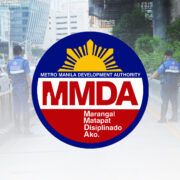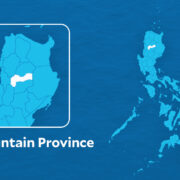The arduous process of acquiring IDs for Filipinos

Falsified documents were enough to allow a foreign national to reside undetected in the country, win a mayoral election, and—very recently—flee even while using a registered passport. To Alice Guo, owning a legal identity was not an issue. Choosing a legal identity was. This is not the norm in many cases. Thousands of Filipinos face high bureaucratic barriers just to acquire proof of identity.
The World Bank said 850 million people do not own an identification document. This limits people from fundamental services such as employment and social assistance.
The Philippines has long been striving to implement a national ID system but the process has been marred by delays, irregularities, and impossibilities. Incorrect/missing names, discrepancies in civil status, and rollout issues are only the surface of the sea of problems.
The Principles on Identification for Sustainable Development detail the need for good ID—one that is inclusive, trusted, verifiable, and fit for purpose. Filipino citizens also deserve a system that is accessible, simple to use, and efficient.
There is little to no statistical information about how many Filipinos go without proper identification but the long queues, inconsistent requirements, and inaccessible office hours have made it difficult for marginalized or indigent populations to acquire IDs.
Without proper access to one’s birth certificate, many Filipinos struggle to transition out of informal employment. Being unable to acquire proper identification cards (most of which require legal identification to even apply for) keeps one stuck in an unending cycle of oft-illegal jobs, leading to labor issues and exploitation alongside being the victim of an already substantial wealth gap.
Many IDs in the Philippines require one or two other valid IDs, a barrier that seems to reinforce itself. Other IDs somehow require recent copies of birth, marriage, and death certificates—files that should not expire and may be difficult to acquire quickly. Not to mention that almost all IDs will demand at least half a day of processing and at the risk of wasting a day not getting it at all.
It’s no wonder that issues with fixers and bribery plague the heavily flawed system. Unless one is willing and capable of paying for illegal efficiency, proving one’s existence can be a week or months-long endeavor.
Still, it is admittedly very easy to apply for a National ID. There is no need to set an appointment online and registration centers can be found in PS Offices, malls, and LGUs. Far-flung areas also have the option of PhilSys on Wheels or Boat.
A PSA-issued certificate of live birth is one of the bare minimum supporting documents that PhilSys needs, but they also do accept a host of other documents like school IDs, barangay clearances, or an NBI clearance. After capturing biometrics and reviewing demographic/biometric information, you are provided a transaction slip that tracks the delivery of the PhilID and availability of your ePhilID. These steps are all online in an easy-to-follow manner.
This is a good first step as the government must prioritize lowering the barriers of entry in obtaining legal proof of identity. The system still has a long way to go, but with the right direction and coordination with technological, economic, and policy advisers, it may eventually be a gateway to transacting efficiently with government services online akin to Singapore’s SingPass or Japan’s My Number Card.
PhilSys provides the foundation for an efficient, accessible, and inclusive identification system. The systemization of being legally identified is not lost. Perhaps with a proper shift to a better national ID system, we may never need to be the victims of identity hit-and-run as with a certain foreign national ever again.
Patricia Mejia,
pnmejia7@gmail.com

















